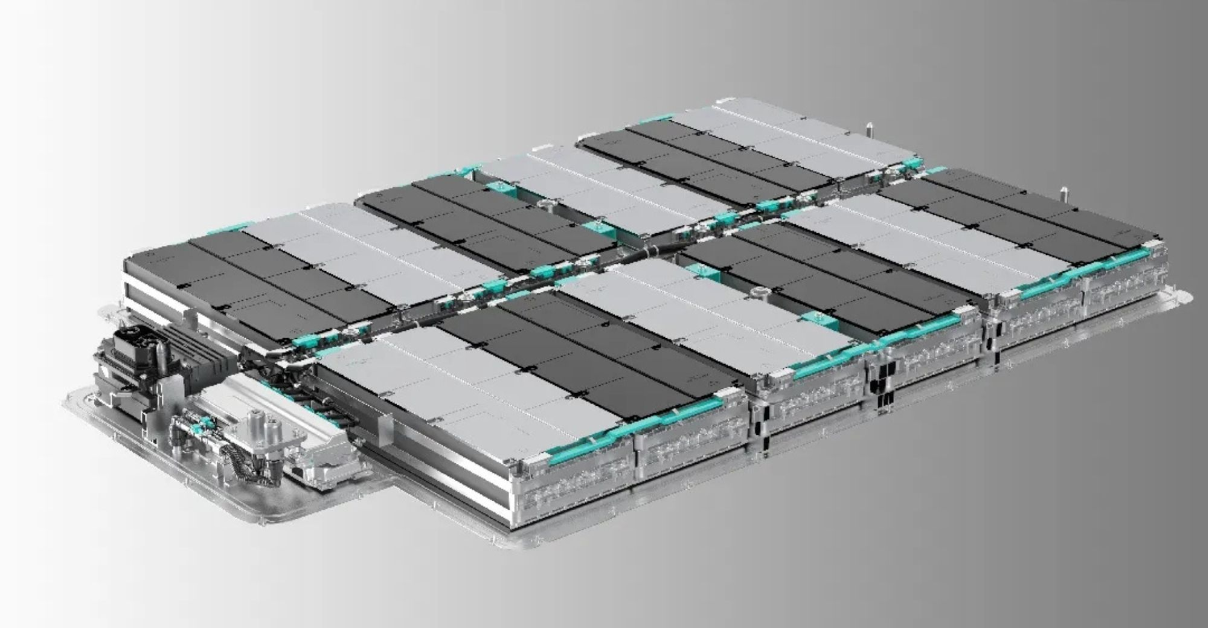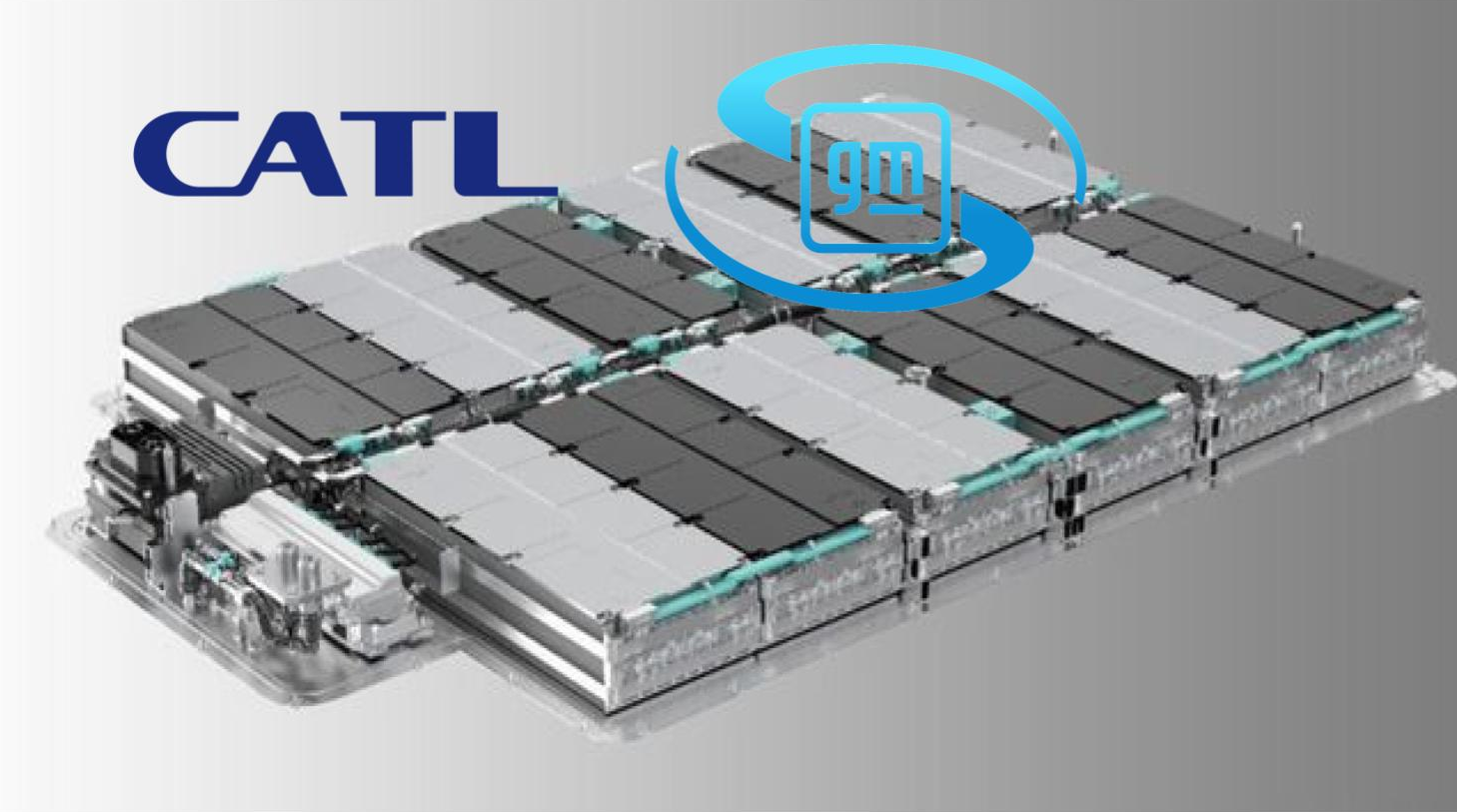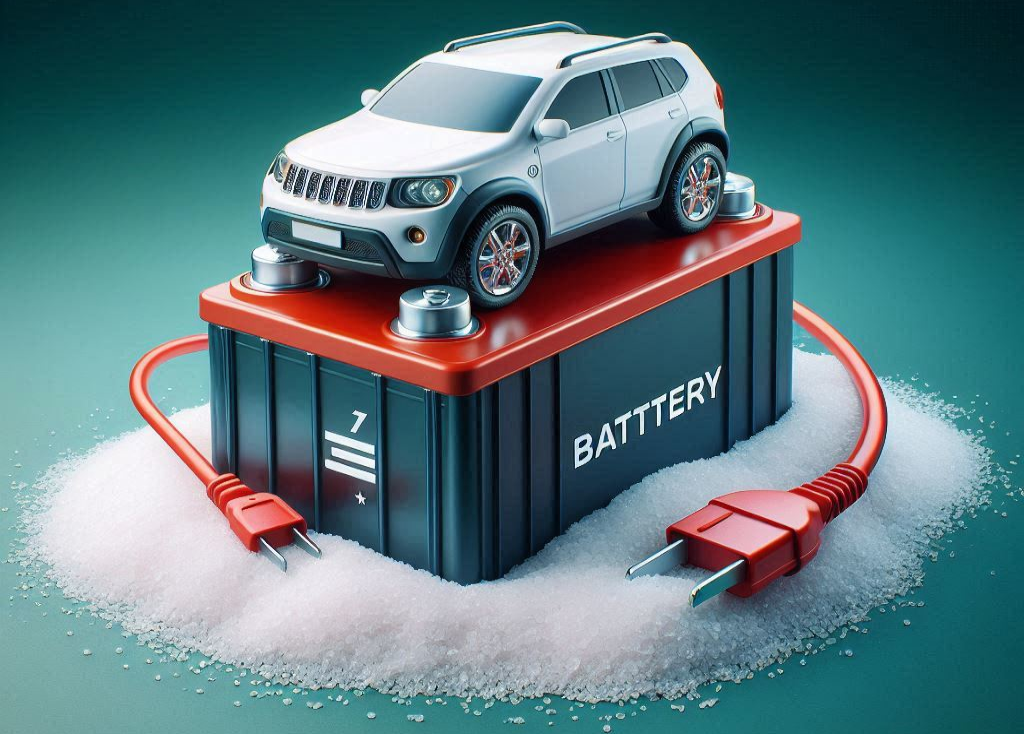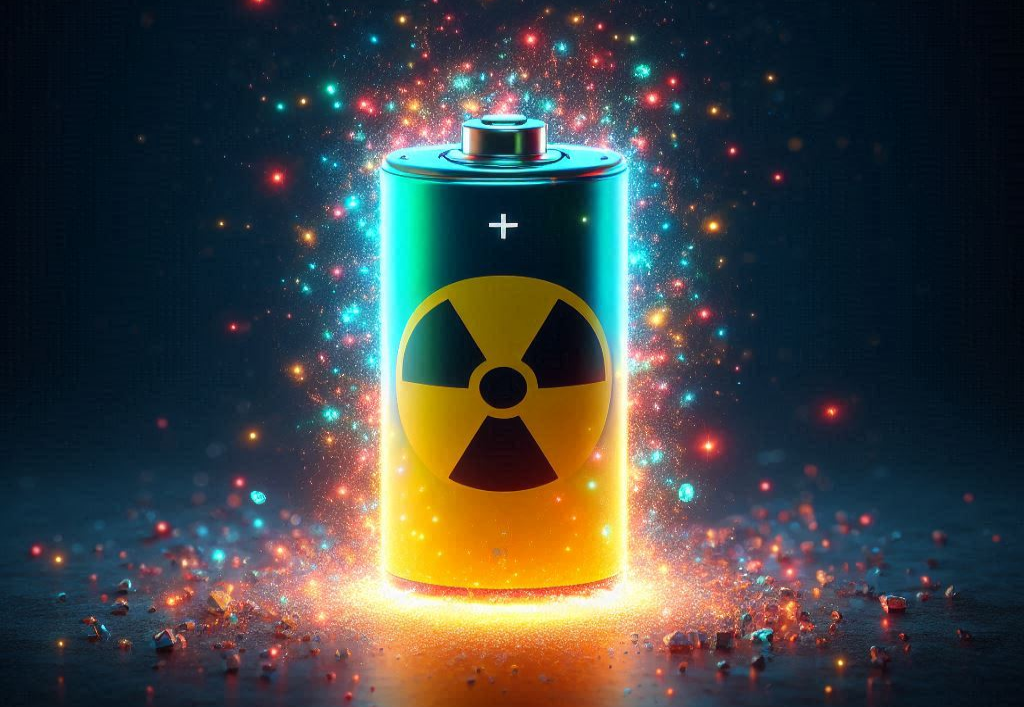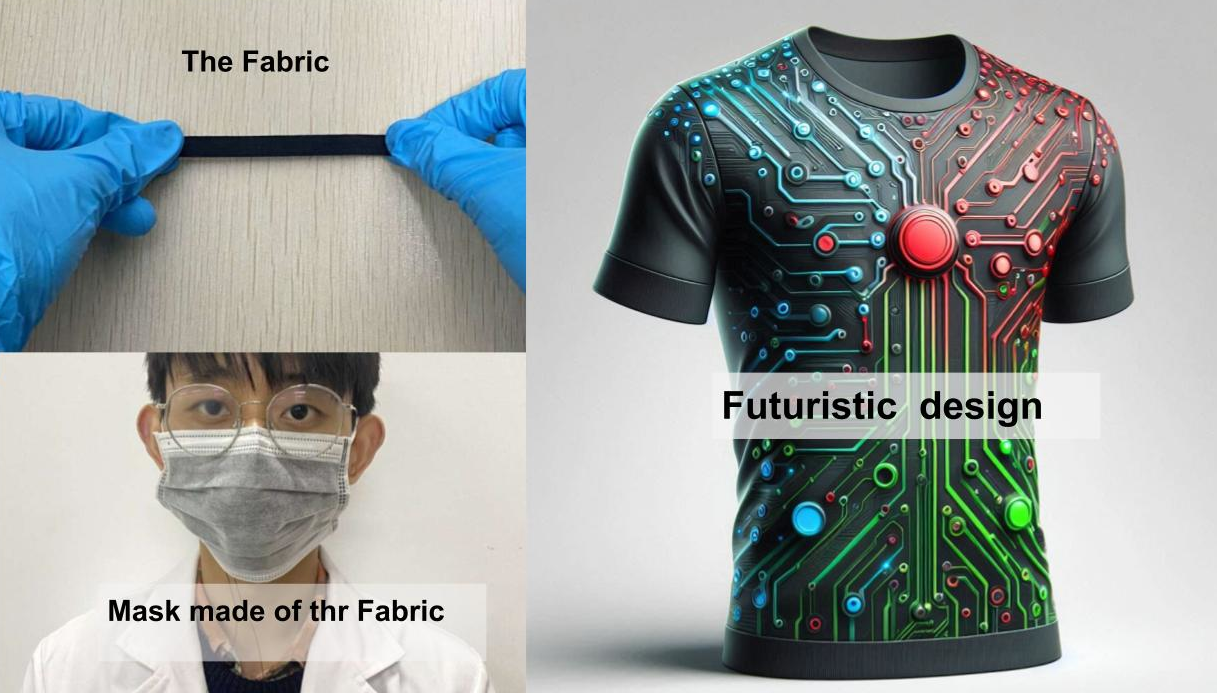Iranian-American chemist Ali Eftekhari, president of the American Nano Society, invented potassium-ion batteries in 2004. In this groundbreaking innovation, potassium was used in the positive electrode instead of lithium. Since then, extensive research has been conducted on increasing its energy density.
Fast forward 20 years, and at the 14th annual Beyond Lithium Conference, Group1 announced the first cylindrical potassium-ion battery. This design mirrors the shape and size of traditional lithium-ion batteries, suggesting that replacing one with the other wouldn’t necessitate any alterations to existing devices.
The company highlighted several advantages of potassium-ion batteries:
- Longer lifespan: They can endure more charge and discharge cycles.
- Faster charging: Potassium ions move between the battery’s electrodes more swiftly, enabling quicker charging times.
- Enhanced safety: These batteries are less prone to ignition at high temperatures.
- Competitive energy density: While initially lower than lithium-ion batteries, the energy density of potassium-ion batteries can reach 160–180 kilowatt-hours per kilogram, matching the highest capacity of lithium iron phosphate batteries.
- Lower cost and sustainability: Potassium is more abundant and cheaper than lithium, and the production of potassium-ion batteries doesn’t require materials like nickel, copper, or cobalt. This makes them more sustainable and less reliant on complex supply chains.
While sodium-ion batteries are already finding their way into certain vehicles, the company has yet to outline a commercial strategy for its potassium-ion battery, which could signal a more cautious approach.
Potassium-ion batteries represent an advancement in energy storage technology. Their potential to offer a more sustainable and cost-effective alternative to lithium-ion batteries, while providing higher energy density than sodium-ion batteries, positions them as a potential middle ground between the two.

